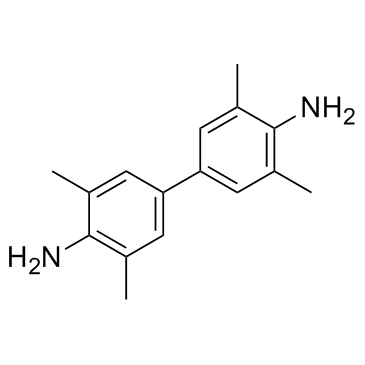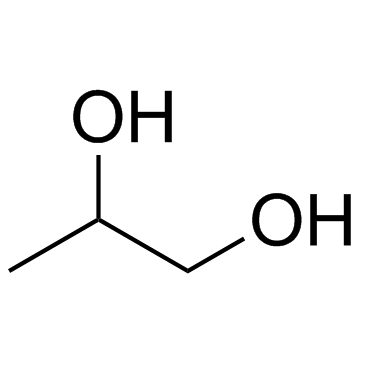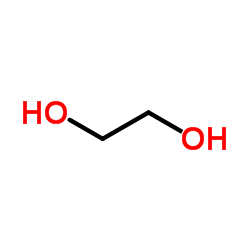| Structure | Name/CAS No. | Articles |
|---|---|---|
 |
3,3'-Dimethoxybenzidine dihydrochloride
CAS:20325-40-0 |
|
 |
sucrose
CAS:57-50-1 |
|
 |
Tetramethylbenzidine
CAS:54827-17-7 |
|
 |
Propylene Glycol
CAS:57-55-6 |
|
 |
Ethylene glycol
CAS:107-21-1 |
|
 |
Furfuryl alcohol
CAS:98-00-0 |